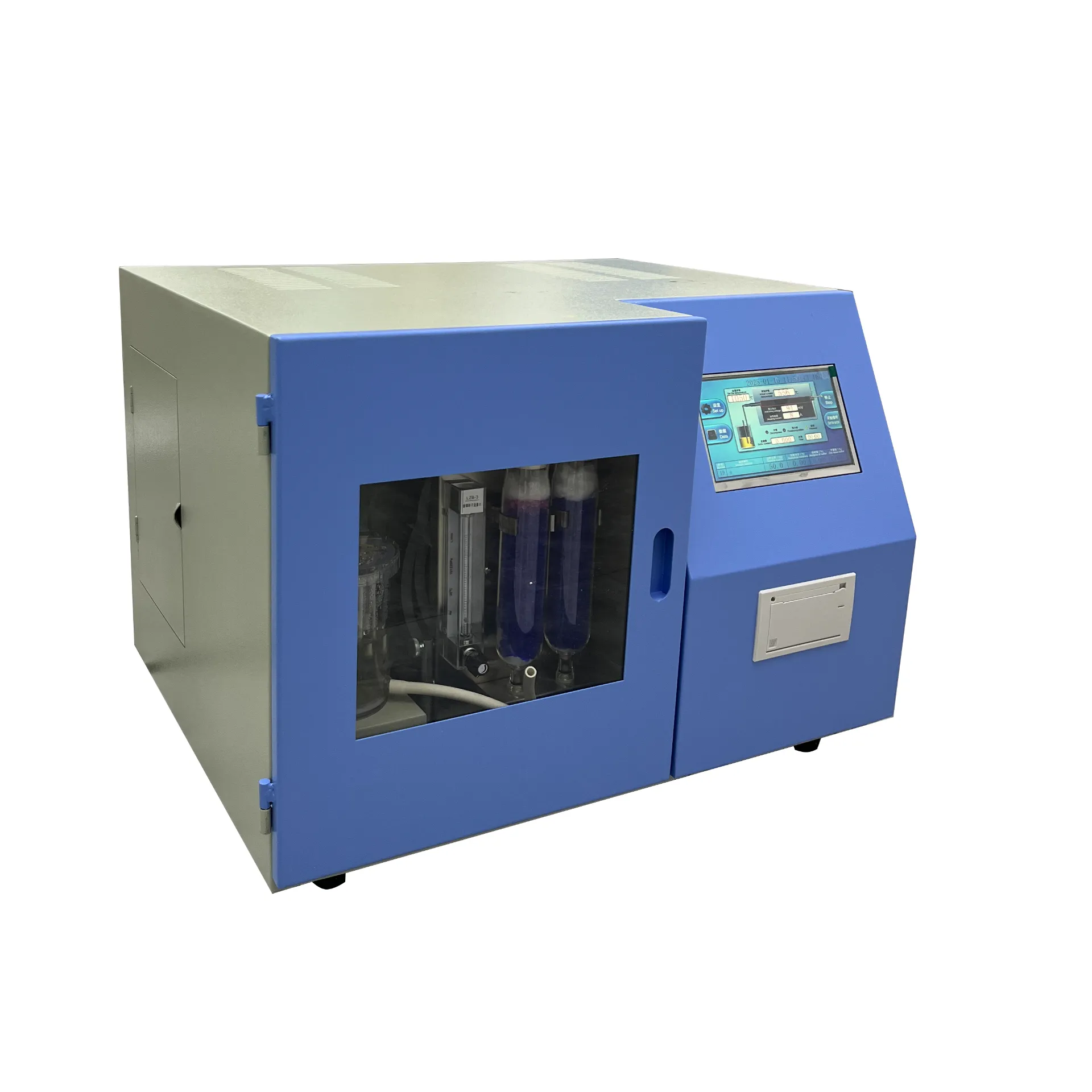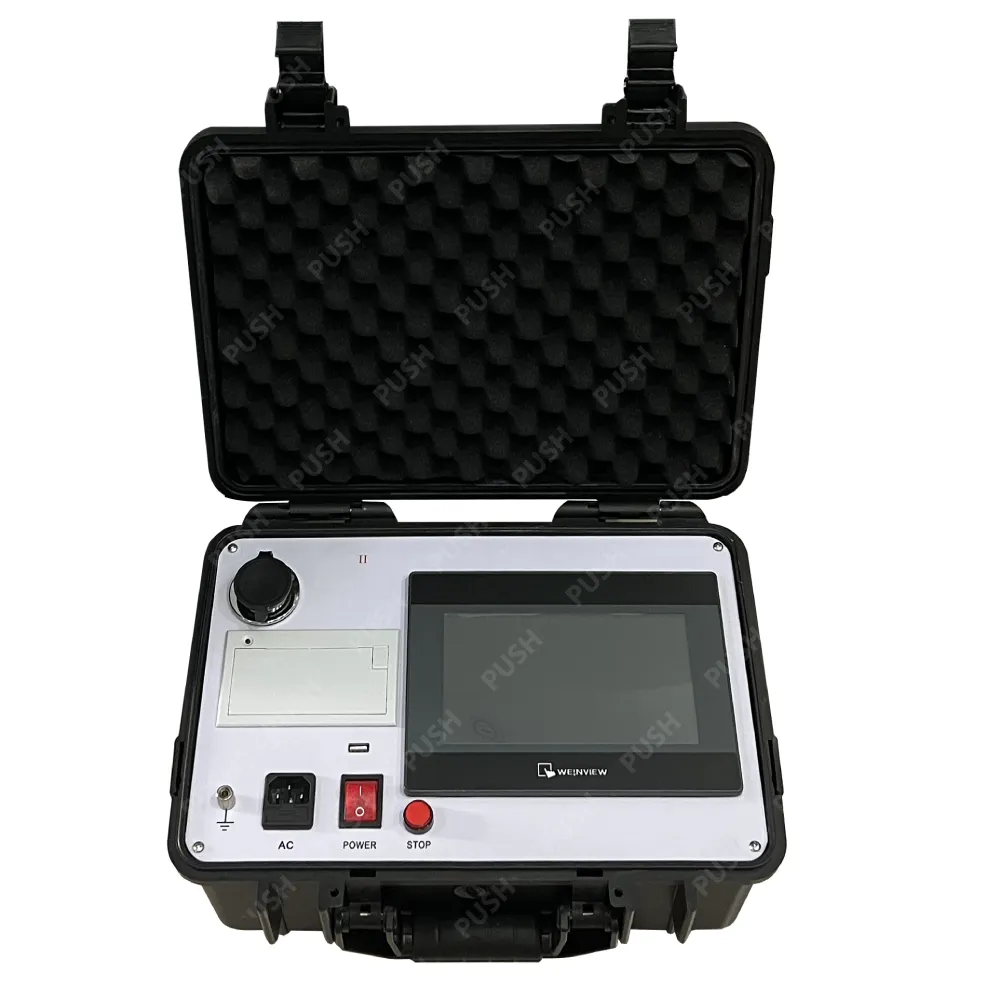TEL:
+86-0312-3189593
 English
English

Telephone:0312-3189593

Email:sales@oil-tester.com

-
 Afrikaans
Afrikaans -
 Albanian
Albanian -
 Amharic
Amharic -
 Arabic
Arabic -
 Armenian
Armenian -
 Azerbaijani
Azerbaijani -
 Basque
Basque -
 Belarusian
Belarusian -
 Bengali
Bengali -
 Bosnian
Bosnian -
 Bulgarian
Bulgarian -
 Catalan
Catalan -
 Cebuano
Cebuano -
 China
China -
 China (Taiwan)
China (Taiwan) -
 Corsican
Corsican -
 Croatian
Croatian -
 Czech
Czech -
 Danish
Danish -
 Dutch
Dutch -
 English
English -
 Esperanto
Esperanto -
 Estonian
Estonian -
 Finnish
Finnish -
 French
French -
 Frisian
Frisian -
 Galician
Galician -
 Georgian
Georgian -
 German
German -
 Greek
Greek -
 Gujarati
Gujarati -
 Haitian Creole
Haitian Creole -
 hausa
hausa -
 hawaiian
hawaiian -
 Hebrew
Hebrew -
 Hindi
Hindi -
 Miao
Miao -
 Hungarian
Hungarian -
 Icelandic
Icelandic -
 igbo
igbo -
 Indonesian
Indonesian -
 irish
irish -
 Italian
Italian -
 Japanese
Japanese -
 Javanese
Javanese -
 Kannada
Kannada -
 kazakh
kazakh -
 Khmer
Khmer -
 Rwandese
Rwandese -
 Korean
Korean -
 Kurdish
Kurdish -
 Kyrgyz
Kyrgyz -
 Lao
Lao -
 Latin
Latin -
 Latvian
Latvian -
 Lithuanian
Lithuanian -
 Luxembourgish
Luxembourgish -
 Macedonian
Macedonian -
 Malgashi
Malgashi -
 Malay
Malay -
 Malayalam
Malayalam -
 Maltese
Maltese -
 Maori
Maori -
 Marathi
Marathi -
 Mongolian
Mongolian -
 Myanmar
Myanmar -
 Nepali
Nepali -
 Norwegian
Norwegian -
 Norwegian
Norwegian -
 Occitan
Occitan -
 Pashto
Pashto -
 Persian
Persian -
 Polish
Polish -
 Portuguese
Portuguese -
 Punjabi
Punjabi -
 Romanian
Romanian -
 Russian
Russian -
 Samoan
Samoan -
 Scottish Gaelic
Scottish Gaelic -
 Serbian
Serbian -
 Sesotho
Sesotho -
 Shona
Shona -
 Sindhi
Sindhi -
 Sinhala
Sinhala -
 Slovak
Slovak -
 Slovenian
Slovenian -
 Somali
Somali -
 Spanish
Spanish -
 Sundanese
Sundanese -
 Swahili
Swahili -
 Swedish
Swedish -
 Tagalog
Tagalog -
 Tajik
Tajik -
 Tamil
Tamil -
 Tatar
Tatar -
 Telugu
Telugu -
 Thai
Thai -
 Turkish
Turkish -
 Turkmen
Turkmen -
 Ukrainian
Ukrainian -
 Urdu
Urdu -
 Uighur
Uighur -
 Uzbek
Uzbek -
 Vietnamese
Vietnamese -
 Welsh
Welsh -
 Bantu
Bantu -
 Yiddish
Yiddish -
 Yoruba
Yoruba -
 Zulu
Zulu
Gearr . 10, 2025 11:28
Back to list
on load and off load tap changing transformer
Conducting a load test on a three-phase transformer is an essential practice for understanding the operational capacity and efficiency of these critical electrical components. As someone with deep expertise in electrical engineering and firsthand experience in power systems, I aim to provide a comprehensive guide that reflects authoritative knowledge and trustworthy practices.
4. Assessment and Monitoring The results from load testing can reveal essential insights into the transformer's performance. Key indicators to assess include - Efficiency Levels Determine how effectively the transformer converts input power to output power under load conditions. - Voltage Regulation Evaluate the ability of the transformer to maintain consistent output voltage despite variations in the load. - Thermal Performance Identify any potential overheating issues that could indicate poor cooling performance or underlying electrical problems. 5. Data Analysis and Optimization Gathered data should be analyzed meticulously to identify any deviation from expected performance. A skilled engineer will utilize this data to make informed decisions about any necessary modifications or maintenance. In some cases, optimizing the cooling mechanism or adjusting the tap changer settings might prove essential. 6. Long-term Reliability Regular load testing is a proactive approach to maintaining the long-term reliability and efficiency of three-phase transformers. Implementing a consistent testing routine as part of a comprehensive maintenance plan can significantly reduce the risk of unexpected failures and extend the operational life of the transformers. 7. Adopting Advanced Technologies For maximum impact, adopting advanced diagnostic tools such as thermal imaging cameras, dissolved gas analysis, and online monitoring systems can facilitate more accurate condition assessments and predictive maintenance strategies. 8. Case Studies and Real-world Applications Leading industries have leveraged these practices effectively. For instance, a manufacturing plant recently conducted a comprehensive load test on their critical transformer units, resulting in a 20% reduction in unexpected downtime and enhanced operational efficiency. Real-world applications of these principles underscore their value in maintaining robust and efficient power systems. In conclusion, load testing is not just a regulatory compliance step but a vital aspect of transformer maintenance and optimization. Through structured and expertly conducted load testing, industries can ensure their power distribution systems remain efficient, reliable, and ready to meet the demands of modern energy consumption. As power systems continue to evolve, staying abreast of advances in load testing methodologies and technologies will help maintain an edge in electricity distribution and management, reflecting a commitment to reliability and efficiency.


4. Assessment and Monitoring The results from load testing can reveal essential insights into the transformer's performance. Key indicators to assess include - Efficiency Levels Determine how effectively the transformer converts input power to output power under load conditions. - Voltage Regulation Evaluate the ability of the transformer to maintain consistent output voltage despite variations in the load. - Thermal Performance Identify any potential overheating issues that could indicate poor cooling performance or underlying electrical problems. 5. Data Analysis and Optimization Gathered data should be analyzed meticulously to identify any deviation from expected performance. A skilled engineer will utilize this data to make informed decisions about any necessary modifications or maintenance. In some cases, optimizing the cooling mechanism or adjusting the tap changer settings might prove essential. 6. Long-term Reliability Regular load testing is a proactive approach to maintaining the long-term reliability and efficiency of three-phase transformers. Implementing a consistent testing routine as part of a comprehensive maintenance plan can significantly reduce the risk of unexpected failures and extend the operational life of the transformers. 7. Adopting Advanced Technologies For maximum impact, adopting advanced diagnostic tools such as thermal imaging cameras, dissolved gas analysis, and online monitoring systems can facilitate more accurate condition assessments and predictive maintenance strategies. 8. Case Studies and Real-world Applications Leading industries have leveraged these practices effectively. For instance, a manufacturing plant recently conducted a comprehensive load test on their critical transformer units, resulting in a 20% reduction in unexpected downtime and enhanced operational efficiency. Real-world applications of these principles underscore their value in maintaining robust and efficient power systems. In conclusion, load testing is not just a regulatory compliance step but a vital aspect of transformer maintenance and optimization. Through structured and expertly conducted load testing, industries can ensure their power distribution systems remain efficient, reliable, and ready to meet the demands of modern energy consumption. As power systems continue to evolve, staying abreast of advances in load testing methodologies and technologies will help maintain an edge in electricity distribution and management, reflecting a commitment to reliability and efficiency.
Latest news
-
Testing Equipment Industry Sees Major Advancements in 2025: Smart & Precision Technologies Lead the WayNewsJun.06,2025
-
Applications of Direct Current Generators in Renewable Energy SystemsNewsJun.05,2025
-
Hipot Tester Calibration and Accuracy GuidelinesNewsJun.05,2025
-
Digital Circuit Breaker Analyzer Features and BenefitsNewsJun.05,2025
-
Benefits of Real-Time Power Quality Monitoring Devices for Industrial EfficiencyNewsJun.05,2025
-
Earth Fault Loop Testing in High-Rise Building Electrical SystemsNewsJun.05,2025



